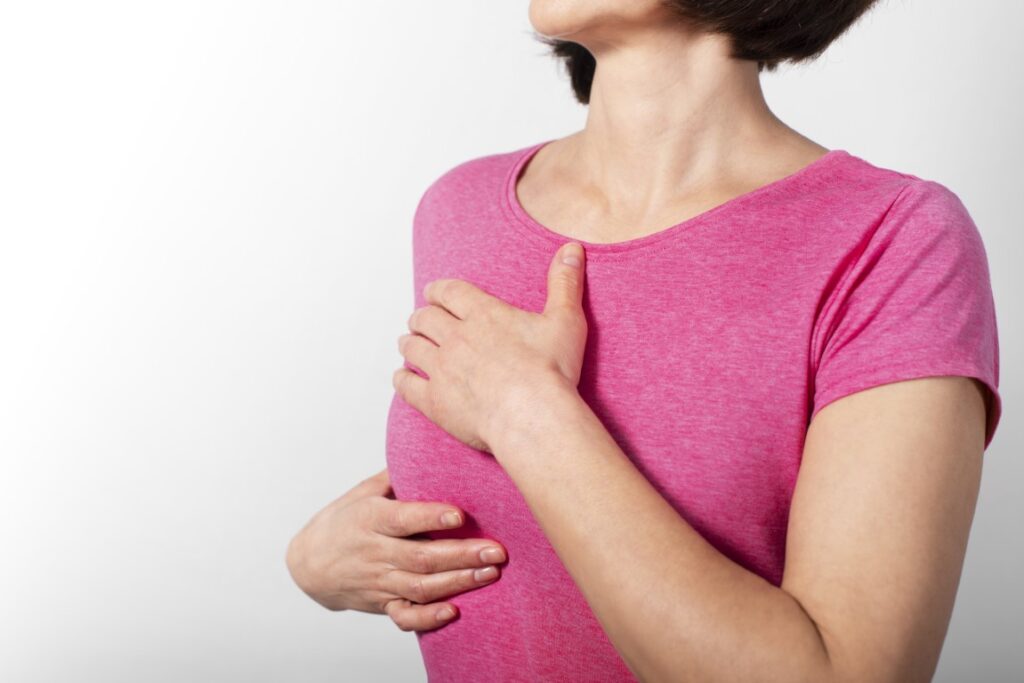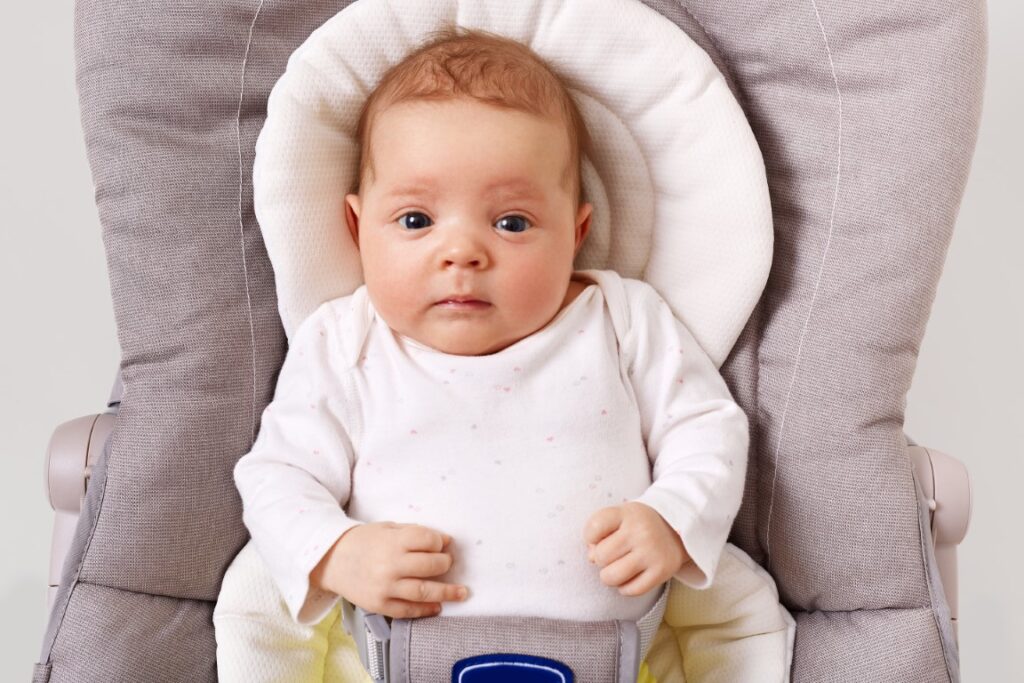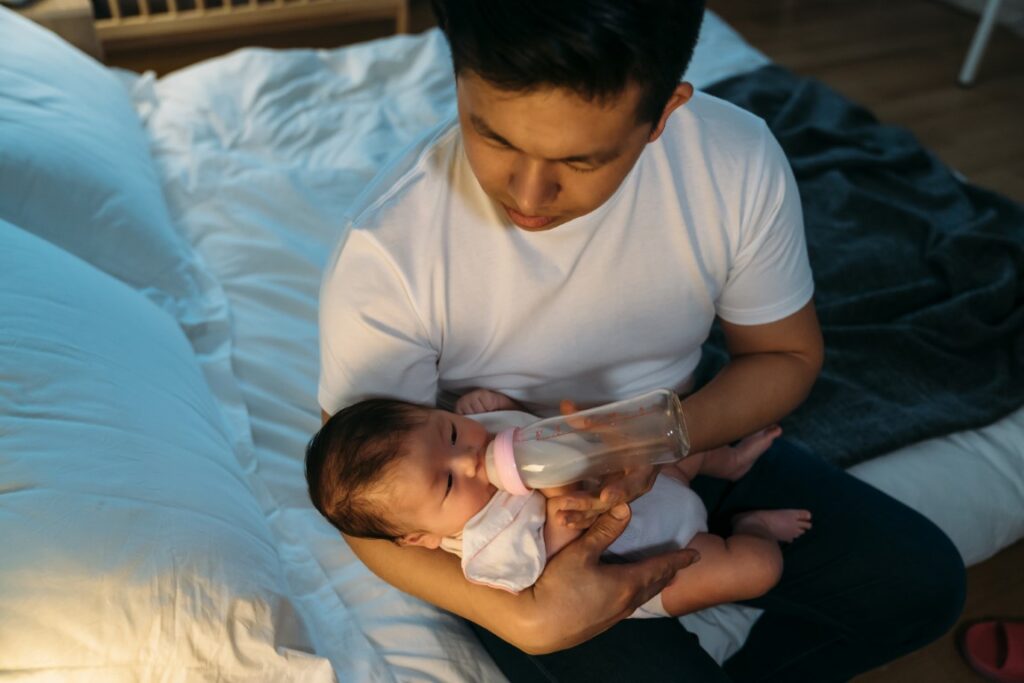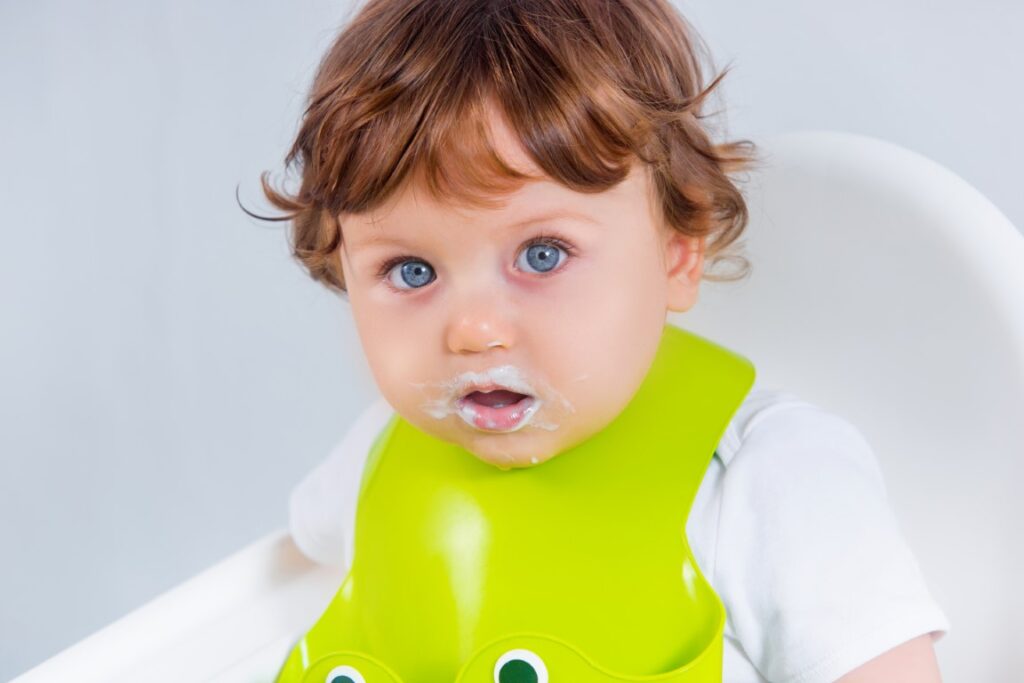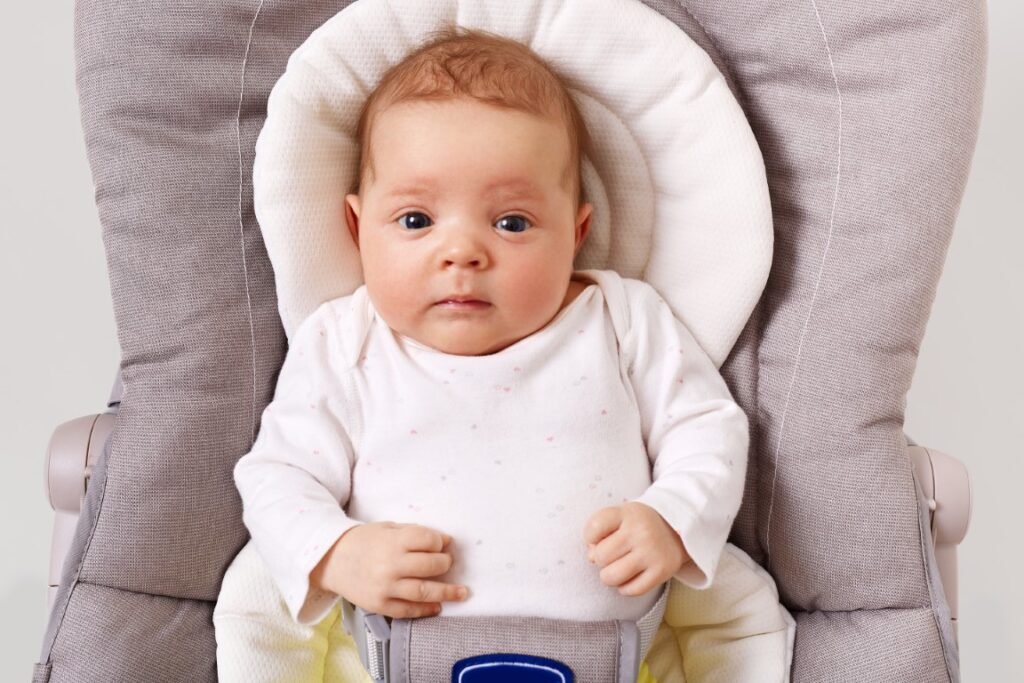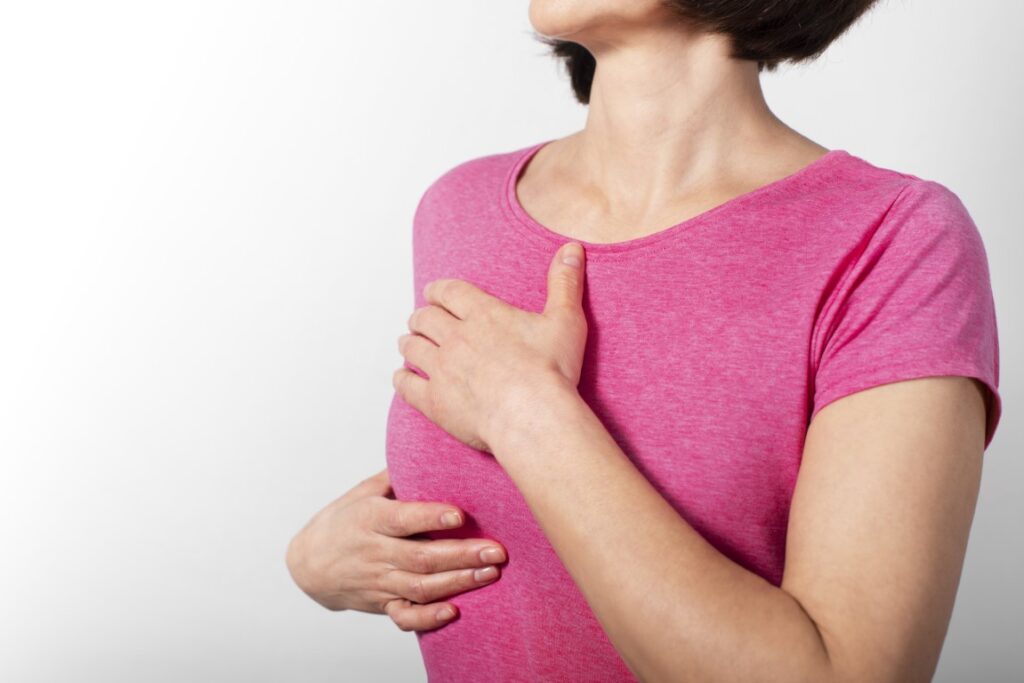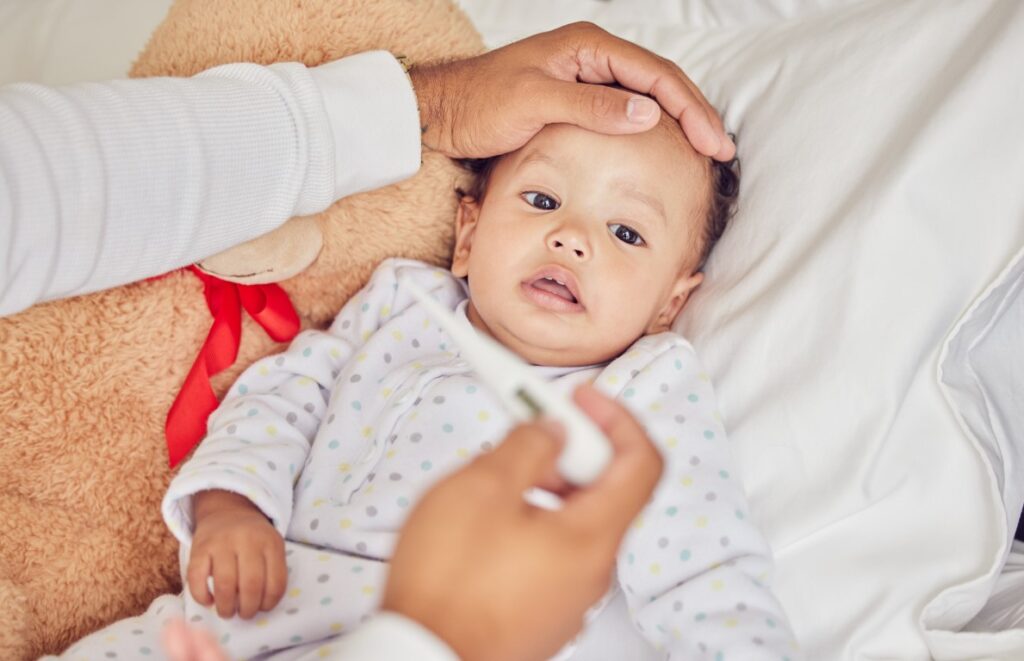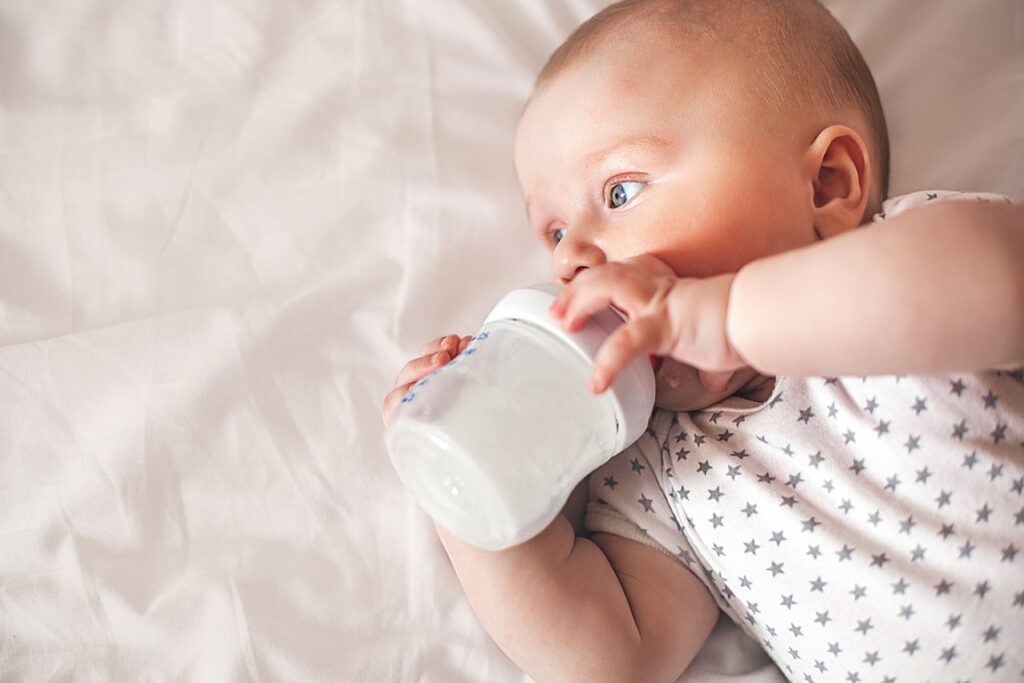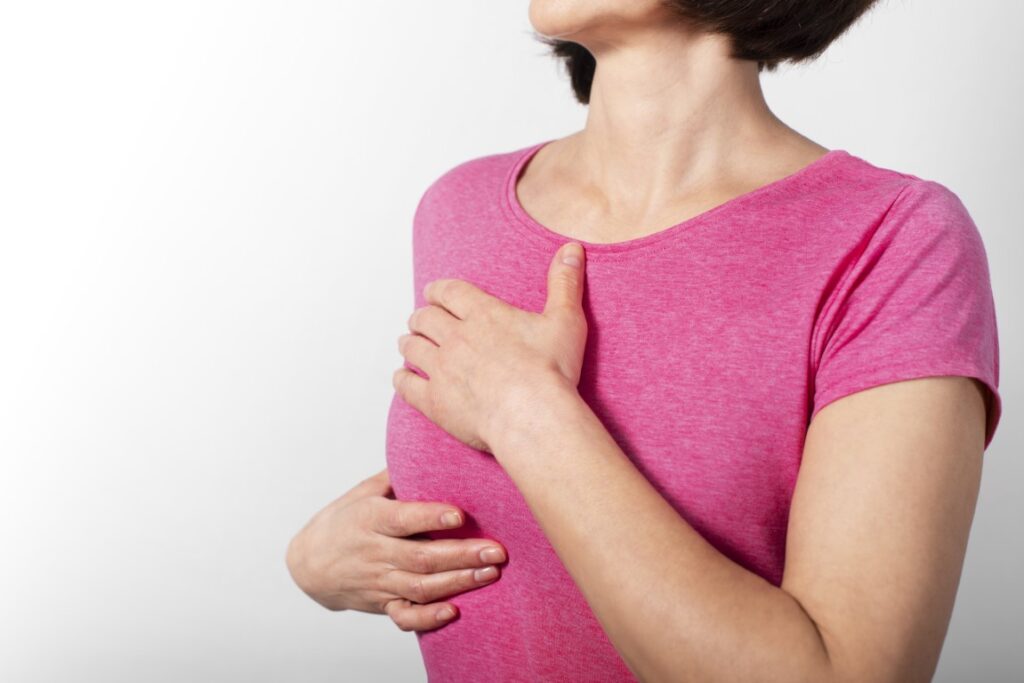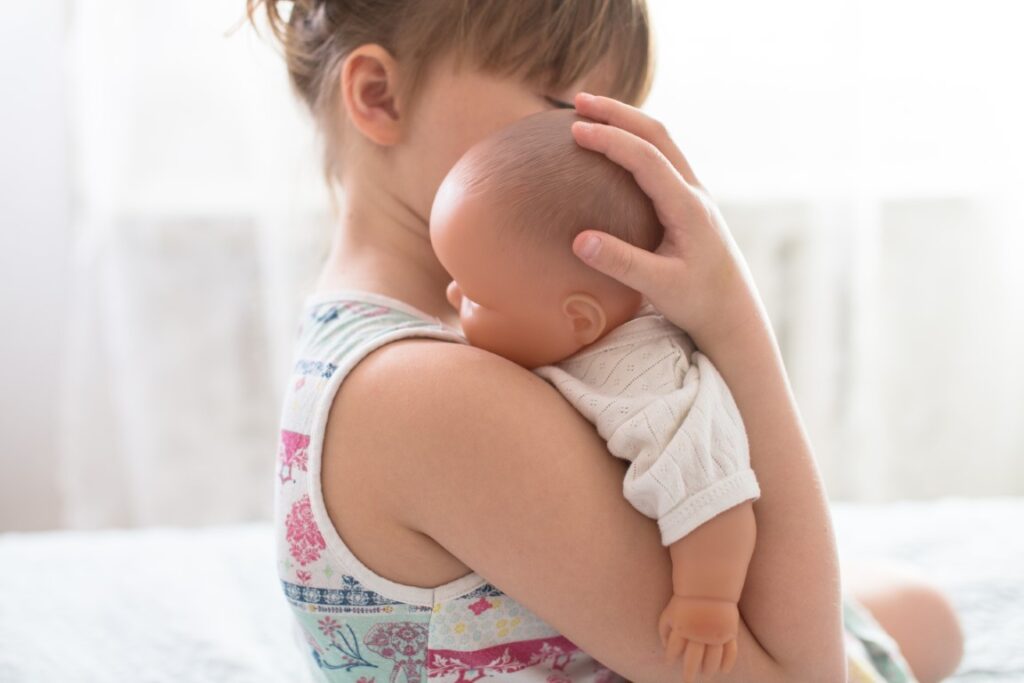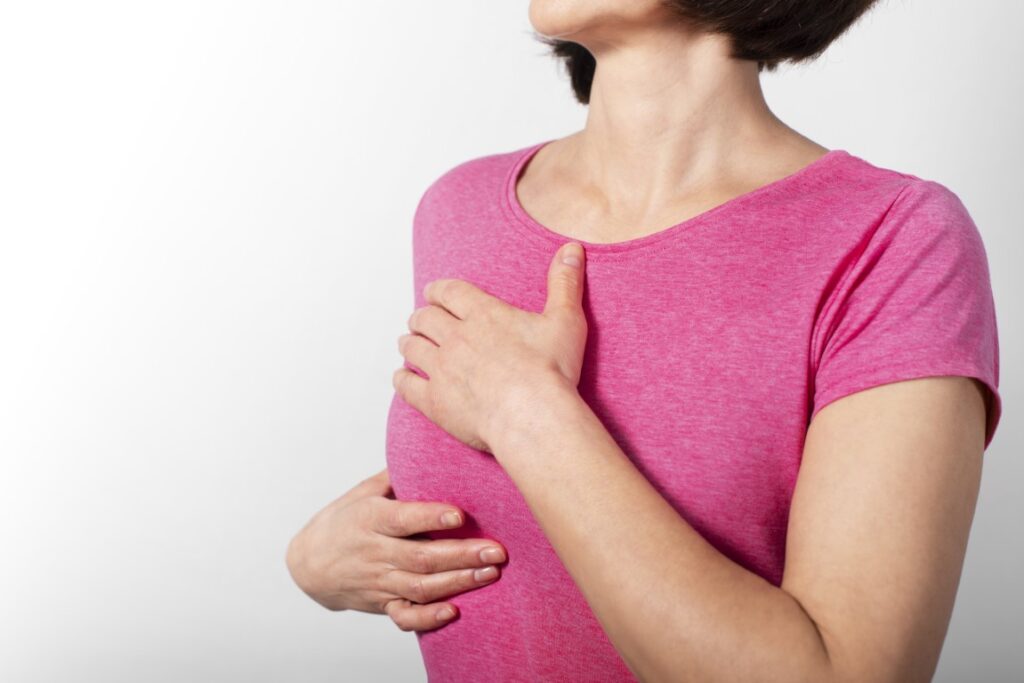Is it typical for my breasts to swell up?
It’s typical to experience engorged (extremely full) breasts for the first 2–5 days after giving birth while your milk production increases. Yet, if you breastfeed (or pump) your child every two to three hours, your breasts shouldn’t feel engorged.
Breast infections or uncomfortable, painful breasts can result from engorgement. Hence, it’s better to make an effort to prevent engorgement. The longer you wait to breastfeed or pump, the more painful and full your breasts may get. So even if you feel discomfort or pain while breastfeeding, you must continue to breastfeed your baby.
Use warm compresses and attempt to express your milk manually or with a pump if you can’t feed your baby immediately. Placing your thumb over your areola and a finger below it is one technique to hand-express milk. Put your thumb and fingers back on the surface of your breast, gently yet firmly. Then force your milk out by squeezing your fingers together.
Is it typical to have pain during nursing or just after?
Some mothers experience a brief period of pain at the start of a breastfeeding session when newborns do not latch on properly. The pain should thereafter subside. As your baby feeds, you may feel a slight tug on your breasts, but it shouldn’t hurt.
If you experience discomfort during breastfeeding, pause and move your baby to improve the latch. Your infant should have most of your nipple areola (the ring surrounding the nipple) in his or her mouth. If the baby is not latched properly, then it may sting or feel like a pinch each time your infant suckles. This can eventually result in painful, sore, cracked nipples.
Talk to your doctor or a lactation consultant if you have pain when nursing to ensure that your baby is correctly latching on and that nothing else is wrong.
What other issues may lead to breast pain?
The following are the most typical causes of breast pain:
Clogged milk duct
Occasionally, milk ducts get blocked. When the duct is blocked, you can have discomfort in that area of your breast or develop a lump under the skin. In order to relieve discomfort and clear the duct:
a. Use warm compresses or warm baths to soothe the area. Massage the area plenty of times daily. Then, start nursing your child right away.
b. When feeding, position your baby’s chin so that it faces the clogged area. This will quicken the draining of that portion of the breast.
c. As your infant is nursing, gently massage the lump. The limp may take two to three feedings to go away.
d. You may also gently massage the region for a few minutes while using a manual (hand) or electric pump to help pull out the clogged milk.
e. Use cold compresses (ice wrapped in a small cloth) in between feedings to help alleviate the pain or discomfort.
f. Call your doctor if the lump doesn’t go away in a few days or if you get a fever, chills, pains, or red streaks.
Mastitis
You could develop mastitis if your breasts are tender, show red streaks, or have a firm, red area. In some women, a fever and chills may appear. Call your doctor if you suspect you have mastitis. Continue breastfeeding or using a pump to remove the milk from your breasts while you wait. Before nursing, alternate using warm compresses and light massage. After the session, use cold compresses. Antibiotics may be needed to treat mastitis brought on by an infection.
Oral candida / Oral thrush
Oral thrush is a yeast infection that can occasionally affect infants. The lips, tongue, or inner cheeks of babies with this condition may have pale or yellowish areas, as well as broken skin at the corners of the mouth. If the infection spreads to your breast, it may result in:
a. Nipples that are cracked, itchy, burning, pink, red, glossy, flaky, or have a rash with tiny blisters.
b. Shooting or searing breast pain during or after feedings.
c. A persistent breast discomfort that doesn’t go away when your baby latches on properly or you adjust your baby.
If you or your baby exhibit any of these signs, contact your doctor right away.
Flat or inverted nipples
Women who have flat nipples—nipples that don’t get as erect as they should when a baby is nursing—or inverted nipples—nipples that turn in rather than stick out—may find it difficult to breastfeed or experience nipple discomfort. If either of these situations applies to you, speak with your doctor or a lactation consultant about how to make breastfeeding simpler and less painful.
How can breast or nipple pain be relieved?
a. While feeding your baby, start nursing on the side that’s not as uncomfortable and switch sides.
b. Make sure your baby properly latches onto your breasts. It could be more pleasant to drain out your breasts by pumping the milk if nursing is too uncomfortable.
c. Ask a lactation expert or your doctor if a nipple shield is a good choice if you have painful nipples.
d. During a feeding, nipple shields are placed over the areola and nipple to cover sensitive or cracked nipples. These should only be taken if your care team advises it, since they sometimes influence milk production.
e. As you take your child off of your breast, gently remove the suction. Put your finger between the gums on the side of your baby’s mouth, and then twist it a quarter turn.
f. Massage some breast milk over your nipples after a feeding, then allow them to air dry.
g. Before breastfeeding, gently massage the painful area.
h. Just before feeding, apply moist or dry heat to your breasts (using a warm shower, water bottle, heating pad, or warm towel). But because yeast loves moisture, you’ll need to keep your nipples dry if you have a yeast infection in your breast.
i. Take in lots of liquids and sleep.
j. After feedings, use cold compresses or ice packs on engorged breasts.
k. Make sure the space where you feed your baby is cozy. Pillows and footstools can provide additional assistance.
l. Some moms prefer “husband” back pillows with arms on each side or wraparound nursing pillows when breastfeeding in bed.
m. Make a call to your doctor or a lactation consultant for assistance if nursing is painful or uncomfortable for you.





